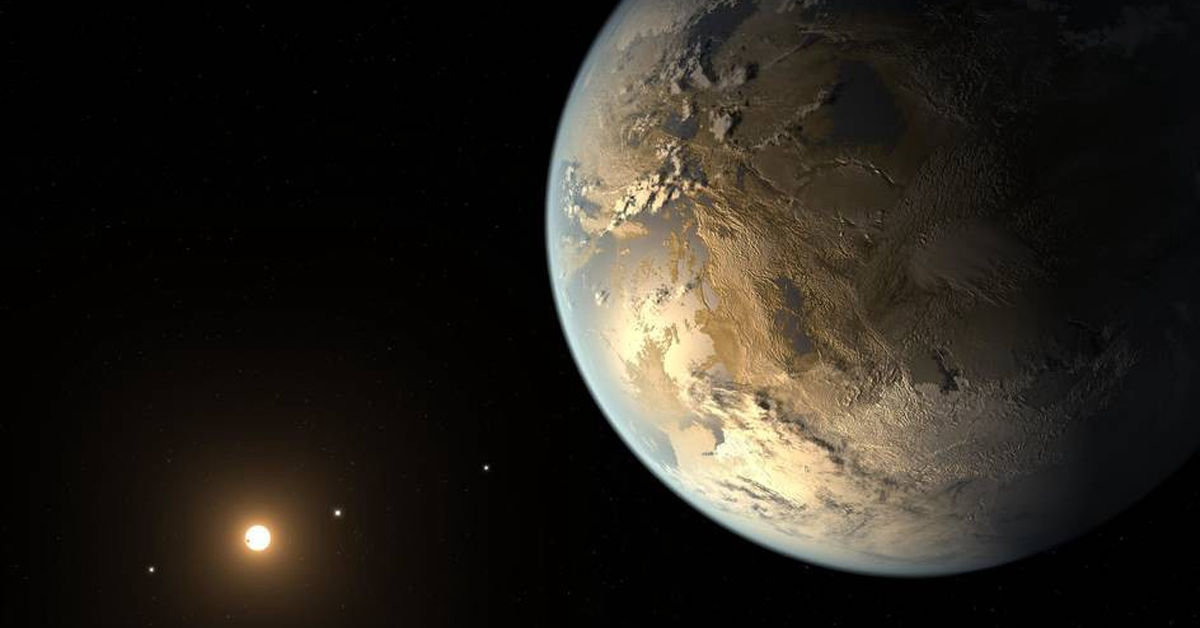The Habitable-zone Planet Finder (HPF) has confirmed its first planet (exoplanet) called G 9-40b, orbiting a nearby low mass bright M-dwarf star (100 light years from Earth) with an orbital period of 6 Earth-days.
Earlier, NASA’s Kepler mission had observed a dip in the host star’s light, suggesting that the planet was crossing in front of the star during its orbit. To confirm the HPF was used.
Key Points :-
- G 9-40b: G 9-40b is amongst the top 20 closest transiting planets known.
- Habitable-zone Planet Finder : HPF is an astronomical spectrograph, built by Penn State University scientists, and recently installed on the 10m Hobby-Eberly Telescope at McDonald Observatory (US).
The HPF searches for exoplanets by using the Doppler effect.
A spectrograph is an instrument that splits light into its component wavelengths. Scientists measure the properties of light over a specific portion of the spectrum, and draw conclusions on what is responsible for the trends they observe.
The HPF provides the highest precision measurements of infrared signals from nearby low-mass stars, and astronomers use it to validate the candidate planet by excluding all possibilities of contaminating signals to a very high level of probability.
It is designed to detect and characterise planets in the habitable-zone also known as ‘Goldilocks zone’- the region around the star where a planet could sustain liquid water on its surface.
HPF is currently surveying the nearest low-mass stars, also called M-dwarfs, which are the most common stars in the galaxy - with the goal of discovering exoplanets in our neighborhood.
What is Doppler Effect ?
An increase (or decrease) in the frequency of sound, light, or other waves as the source and observer move towards (or away from) each other. The effect causes the sudden change in pitch noticeable in a passing siren, as well as the red shift seen by astronomers.
Exoplanet :- An exoplanet or extrasolar planet is a planet outside the Solar System. The first confirmation of detection of exoplanet occurred in 1992. Exoplanets are very hard to see directly with telescopes. They are hidden by the bright glare of the stars they orbit. So, astronomers use other ways to detect and study exoplanets such as looking at the effects these planets have on the stars they orbit.
M-dwarfs :- M dwarf or M-type star, also called Red Dwarf Star are the most numerous type of star in the universe and the smallest type of hydrogen-burning star. These have masses from about 0.08 to 0.6 times that of the Sun. In the Milky Way Galaxy, about 70% of the stars are red dwarfs.


Post a Comment